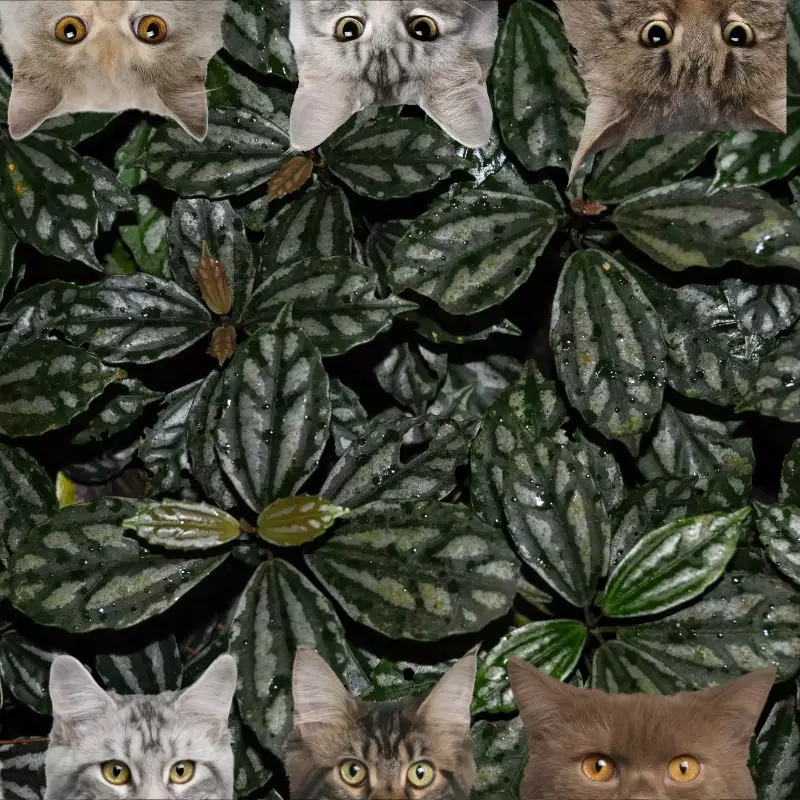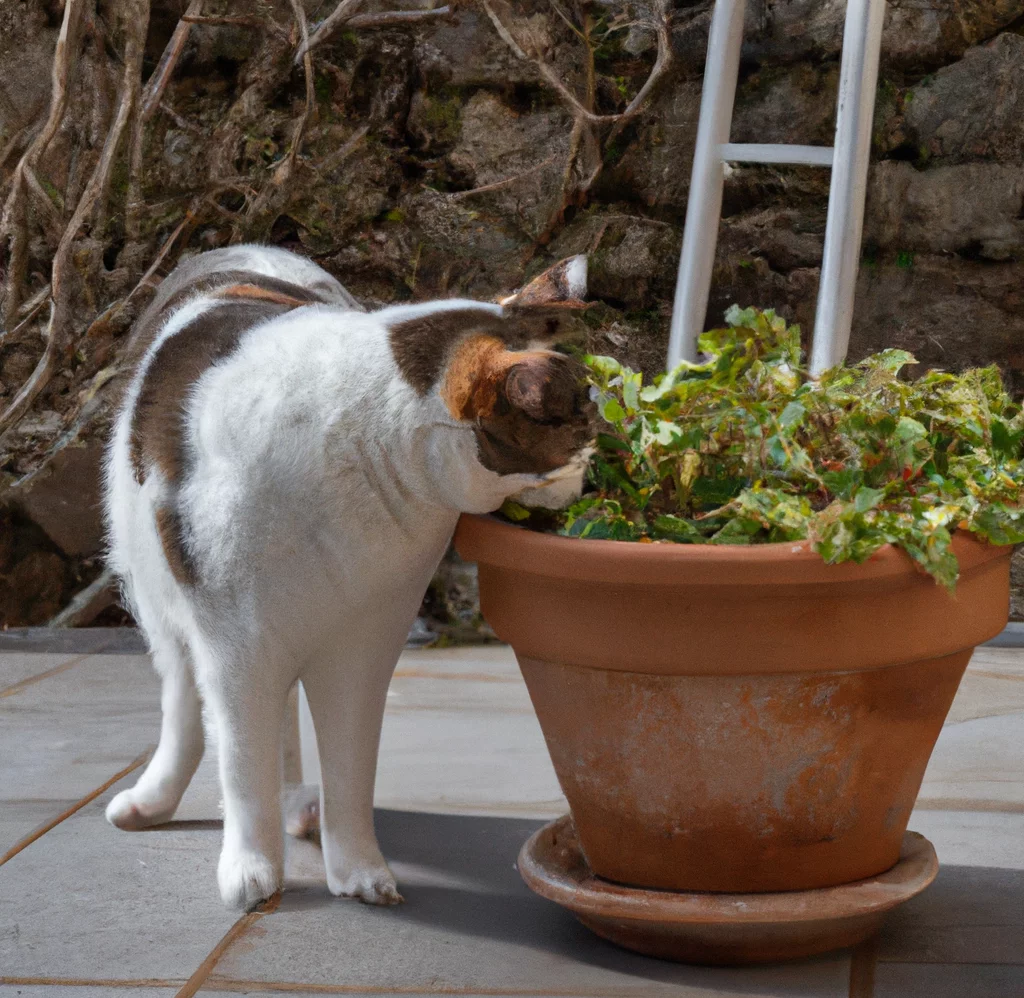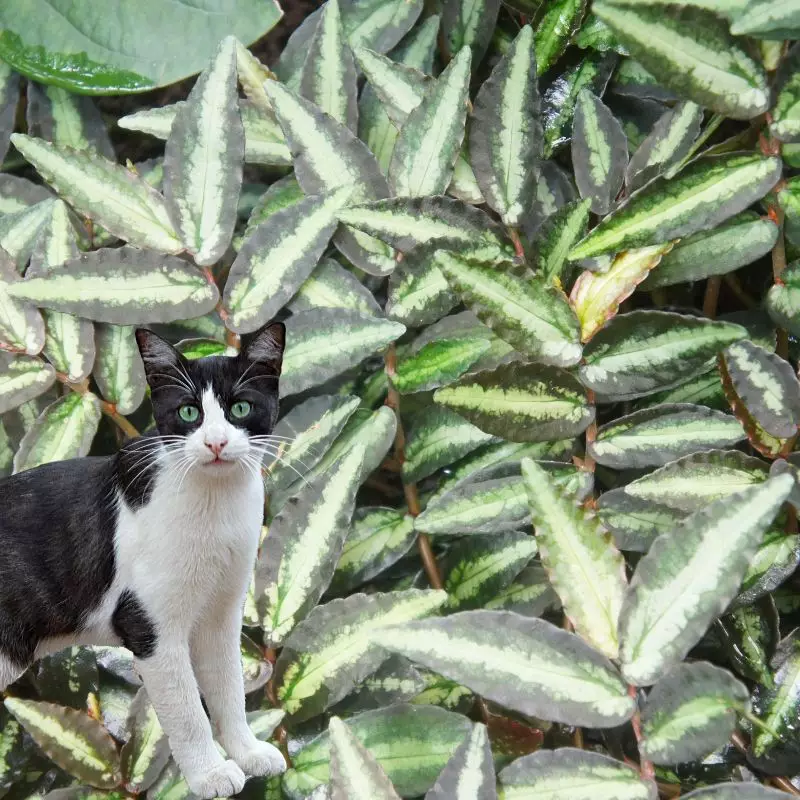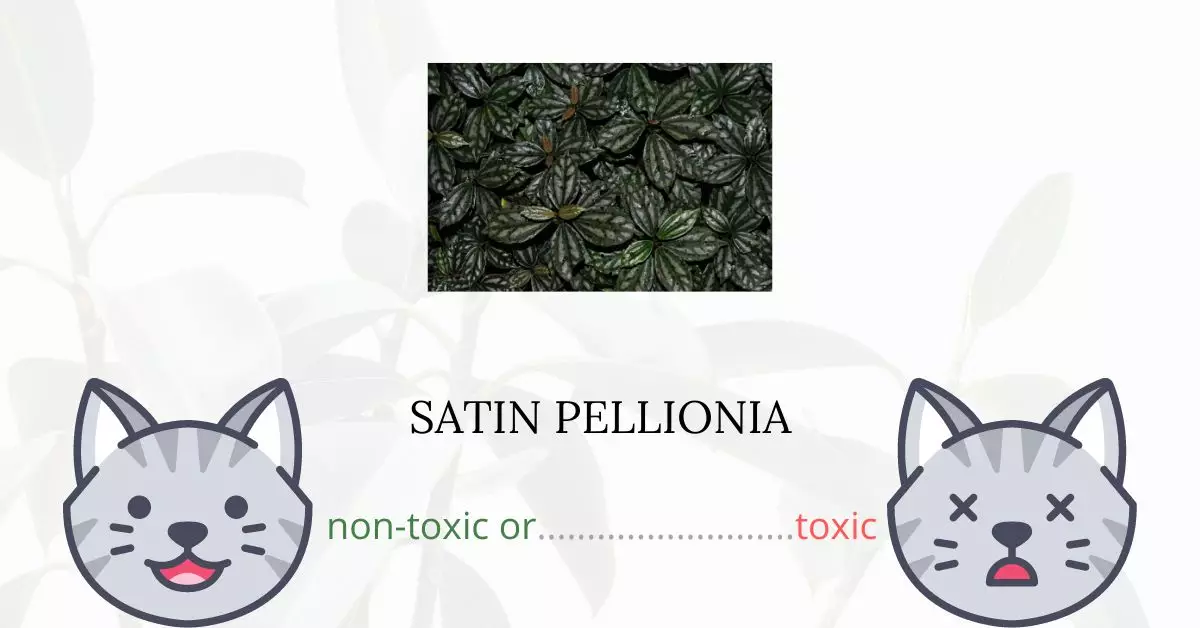Satin Pellionia is not toxic to cats.
To ensure the accuracy and reliability of this information, this article was written in collaboration with a team of experienced DVMs (doctors of veterinary medicine). Drawing upon their expertise, we strive to provide up-to-date and precise insights into the potential risks associated with various plants, specifically Satin Pellionia, and their impact on cats. Our research has also involved thorough examination of high-authority websites such as the ASPCA and PetMD.
The ASPCA (American Society for the Prevention of Cruelty to Animals) has listed Satin Pellionia as one of the non-toxic plants for cats. Therefore, it can be cultivated as ground cover or in baskets without concerns. However, it’s essential to note that while the plant is classified as non-toxic, it is not recommended for cats’ consumption.
Can Cats Eat Satin Pellionia?

Small amounts of Satin Pellionia are not fatal to cats. Despite being non-toxic, this plant can nonetheless make your cats throw up. Any plant can irritate their stomach, just like new diets or eating too much food can make them sick.
Additionally, industrial goods like fertilizers and pesticides, which are frequently used on plants, may leave behind dangerous chemical residues that could be harmful to your feline friends. Use only natural products and adhere strictly to the directions if you use these items.
What is Satin Pellionia?

Satin Pellionia (Pellionia pulchra) belongs to the Urticaceae family and the genus Pellionia. It is indigenous to countries in South-East Asia, including Burma, Malaysia, and Vietnam, where it thrives as an understory plant. It is a low, bushy plant with stunningly marbled leaves that can also be used in hanging baskets or terrariums. In general, they are little plants. They can expand to a height of 8 to 10 inches when grown in pots. The lovely hanging leaves, though, can be fairly long if they are grown in hanging baskets.
Pellionia is a flowering garden vine plant. The flowers, while present, are insignificant compared to the striking leaves, thus they are usually grown for their lovely foliage. Summertime is when flowers may bloom, but it is best to pinch them because they need a lot of food and can drain the plant’s energy. The plant itself doesn’t have a particularly strong scent, nor do the flowers.
Keeping Cats Away From Satin Pellionia

If you have cats that are particularly agile and determined to get at your plants, get them out of the way. In addition to containers mounted directly to the wall (without a shelf) and placed out of reach, hanging baskets away from any other pieces of furniture can also be a smart idea.
Another option is to utilize terrariums or convert a cabinet with glass doors into your own personal greenhouse. The plants will continue to be safeguarded while being displayed.
Plants to Avoid For Your Cats
If you are a cat owner and unsure if the plants growing in your yard are harmful to your cats, check out this list of toxic plants for cats. You can also check our list of non-toxic plants for cats.





